Adenium Arabicum Hybrid adenium live plant
₹499.00
In stock
SKU: AdeniumArabicum-1
Category: Adenium Plant
Adeniums, commonly known as Desert Roses, are beautiful succulent plants known for their attractive flowers and distinctive swollen trunks. Proper care is essential for their well-being. Here are general guidelines for Adenium care:
Light:
- Adeniums thrive in full sunlight. Place them in a location that receives at least 6 hours of direct sunlight per day.
- If growing indoors, ensure they get bright, indirect light. A south or west-facing window is ideal.
Temperature:
- Adeniums prefer warm to hot temperatures. Maintain a temperature range of 70-100°F (21-38°C) during the day and above 50°F (10°C) at night.
- Protect them from cold drafts and frost, as they are sensitive to low temperatures.
Soil:
- Use a well-draining potting mix, such as a cactus or succulent mix. You can enhance drainage by adding perlite or sand.
- Ensure the pot has drainage holes to prevent waterlogging.
Watering:
- Allow the soil to dry out between waterings. Water thoroughly, and then let the soil dry before watering again.
- During the growing season (spring and summer), water more frequently, but reduce watering in the dormant winter months.
- Be cautious of overwatering, as Adeniums are susceptible to root rot.
Humidity:
- Adeniums are adapted to low humidity environments and do not require high humidity.
Pot and Repotting:
- Use a shallow pot with good drainage to accommodate the plant’s shallow root system.
- Repot every 2-3 years or when the plant outgrows its current container. Repot in the spring using fresh, well-draining soil.
Fertilizing:
- Fertilize during the growing season with a balanced, water-soluble fertilizer formulated for succulents or cacti.
- Reduce or stop fertilizing in the fall and winter when the plant is not actively growing.
Pruning:
- Prune selectively to shape the plant and encourage branching.
- Remove dead or yellowing leaves as needed.
Pests and Diseases:
- Watch for common pests such as aphids, mealybugs, and spider mites. Treat infestations promptly with insecticidal soap or neem oil.
- Ensure good air circulation to prevent fungal issues.
Dormancy:
- Adeniums may experience a period of dormancy in the winter. During this time, reduce watering and withhold fertilizer until the plant resumes active growth.
Handling:
- Be cautious with handling, as the sap of Adeniums can be toxic and may cause skin irritation. Wash hands thoroughly after touching the plant.
Be the first to review “Adenium Arabicum Hybrid adenium live plant” Cancel reply
You must be logged in to post a review.





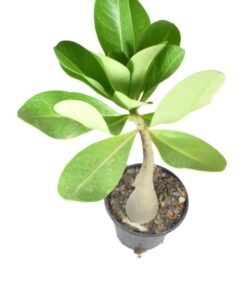


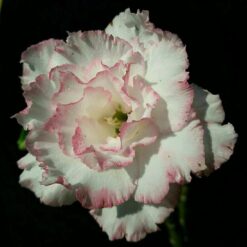

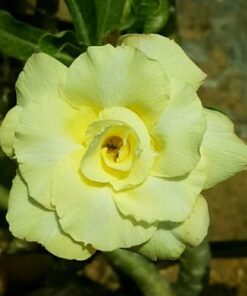
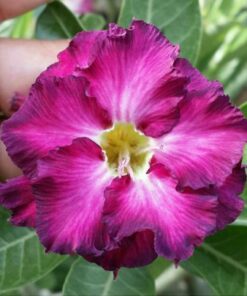

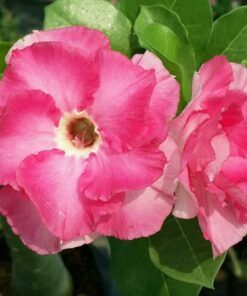

Reviews
There are no reviews yet.